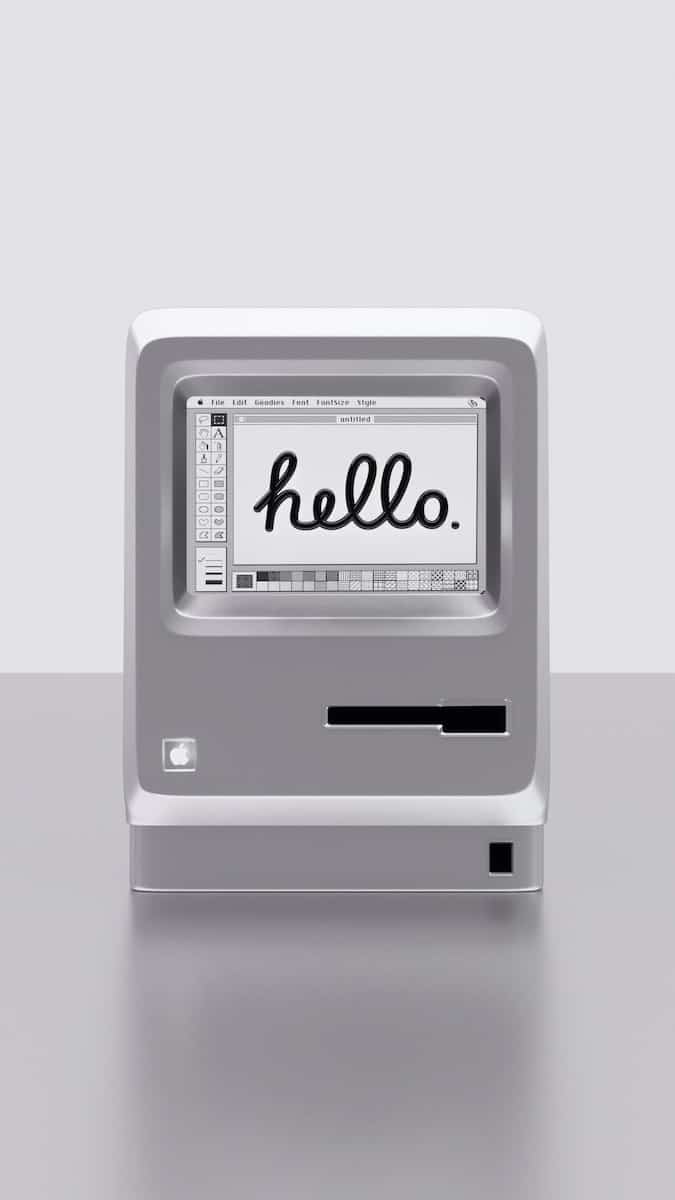How to use 3d printing technology in real estate development?

 |
November 27, 2023
|
November 27, 2023
In recent years, the real estate industry has witnessed a surge of innovation that is transforming how homes are designed, built, and sold. One of the most groundbreaking advancements in this sector is the use of 3D printing technology. With the potential to revolutionize the construction industry, 3D printing is not just a fad—it’s a formidable force that could reshape the landscape of real estate development. From creating complex architectural designs to significantly reducing construction time and material waste, this technology is poised to address some of the most critical challenges faced by the sector. As we delve into this topic, we’ll explore how 3D printing will impact real estate and construction, and why it could be a game-changer for affordable housing and sustainability in building design.
The Emergence of 3D Printing in Construction
The concept of 3D printing, also known as additive manufacturing, has been around for decades, but its application in the construction industry is a relatively new frontier. This technology fundamentally differs from traditional construction methods; instead of cutting out and assembling materials, 3D printers extrude layers of material to create structures from the ground up. This shift is not just about the novelty of the process but offers tangible benefits to the real estate sector.
A lire en complément : Real estate crowdfunding: risks and rewards
What 3D Printing Brings to the Table
The integration of 3D printing into real estate development has the potential to solve many pressing issues. The construction industry, known for its high levels of waste and energy consumption, can make significant strides towards sustainability with this technology. Additionally, 3D printing is heralded for its ability to expedite the building process, cut labor costs, and reduce the risk of construction errors.
Furthermore, reports like those from CBS News showcase how printed homes can be produced at a fraction of the time required for traditional construction. This speed could be a crucial factor in addressing the urgent demand for affordable housing across the globe. With the capability to print structures on-site, the technology also reduces the need for transportation of materials, which can lower carbon footprints and contribute to greener building practices.
A lire en complément : Tips for successful land development projects
Transformative Impact on Real Estate Development
The real estate industry is on the cusp of a paradigm shift, thanks to the advent of 3D printing technology. The impact of this innovation on the design, construction, and sale of homes is multifaceted.
Design Freedoms and Customization
One of the most exciting aspects of 3D printing is the design freedom it offers. Complex geometries and intricate details that are difficult or expensive to achieve with traditional building methods become feasible with 3D printing. This could lead to a new era of architectural creativity and personalized homes, catering to the unique preferences of homeowners.
Cost-Effectiveness and Efficiency
3D printing also promises to make the building process more cost-effective. By utilizing only the necessary materials and reducing waste, the overall cost of construction could decrease, making homeownership more accessible to a broader population. The printers can operate around the clock with minimal supervision, further streamlining the process and potentially reducing the time it takes to bring a housing project from conception to completion.
The Role of 3D Printing in Affordable Housing
The dream of owning a home remains elusive for many, but 3D printing technology might be the key to unlocking affordable housing solutions. By drastically lowering the costs associated with building homes, this technology can help bridge the housing affordability gap.
Lowering Construction Costs
The precise nature of 3D printing means that less material is wasted, and construction can be completed with fewer workers. These savings in material and labor costs translate directly into more affordable housing options for buyers and renters.
Speed of Construction
In addition to cost reductions, the speed at which 3D-printed homes can be constructed is unprecedented. A project milestone that might take months with traditional construction methods can be achieved in days with 3D printing. By accelerating the timeline, developers can deliver housing projects faster, meeting the urgent demand for homes and potentially stabilizing market prices.
Sustainability in 3D Printed Homes
In the face of climate change and dwindling natural resources, sustainability has become a cornerstone in the conversation around construction and real estate development. 3D printing is not just a technological marvel; it is also a beacon of hope for a more sustainable future in building homes.
Eco-Friendly Materials
Many 3D printers use environmentally friendly materials or composites, some of which can be recycled or are biodegradable. The technology also allows for the use of local materials, reducing transport emissions and further contributing to a project’s environmental credentials.
Reduced Waste and Energy Use
The precision of 3D printing means that the amount of waste material produced during construction is minimal. By using only what is needed to build the structure, there is a significant reduction in the excess that traditionally ends up in landfills. Moreover, the energy efficiency of 3D printing processes can contribute to lower carbon emissions compared to conventional building methods.
Future of 3D Printing in the Real Estate Sector
As we look forward, it’s clear that 3D printing will play an increasingly important role in real estate development. With companies like Mighty Buildings already making headlines for their printed houses, the future seems bright for this innovative approach to building homes.
Potential for Mainstream Adoption
For 3D printing to become mainstream in the construction and real estate sector, there are hurdles to overcome, including regulatory approvals, industry skepticism, and the need for further technological advancements. However, as more successful projects emerge and the benefits become undeniable, adoption is likely to accelerate.
Collaboration with Traditional Construction
While 3D printing has the potential to disrupt the construction industry, it is also likely to coexist with traditional construction methods. Hybrid approaches that combine the strengths of both could emerge, leading to more efficient and creative building practices.
Conclusion: Realizing the Potential of 3D Printing in Real Estate
The integration of 3D printing in real estate development is not just a speculative venture; it is a tangible solution poised to address many of the challenges facing the construction industry. From enabling architects to design more freely and builders to construct homes faster and more affordably to providing greener and more sustainable housing options, 3D printing technology holds immense promise.
As technology advances and the industry adapts, we may soon witness a world where printed homes are as common as those built with hammers and nails. The potential benefits for the real estate sector are abundant, and the ripple effects could be felt across the economy, environment, and society at large.
For those of you watching the evolution of real estate development, keep an eye on 3D printing. It’s not just transforming the way we build; it’s reshaping our very conception of what a home can be. As this technology continues to mature, the dream of affordable, sustainable, and uniquely designed homes might just become a printed reality for many.
